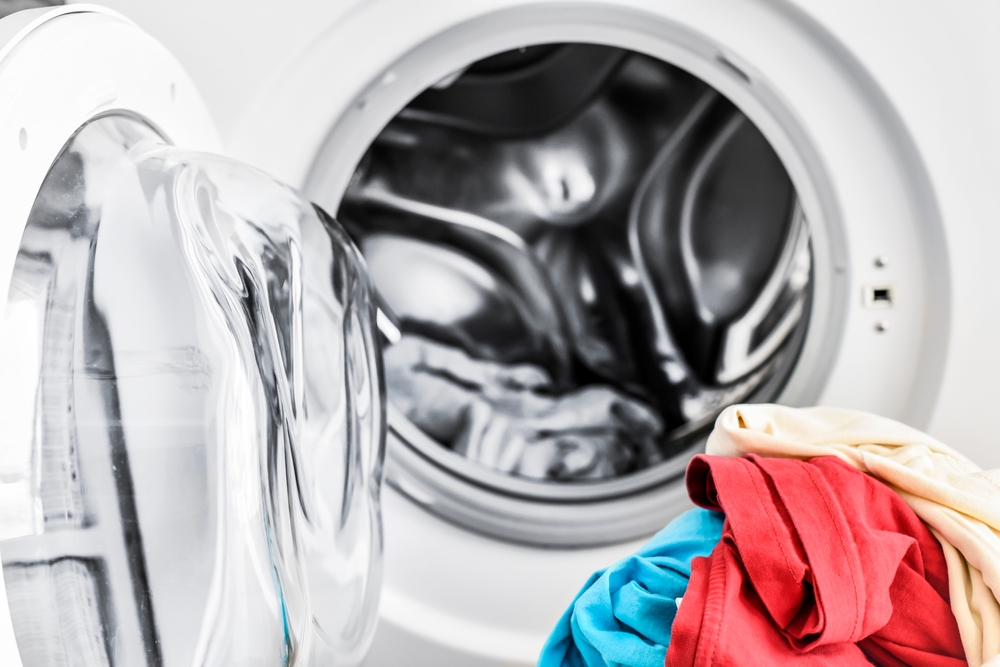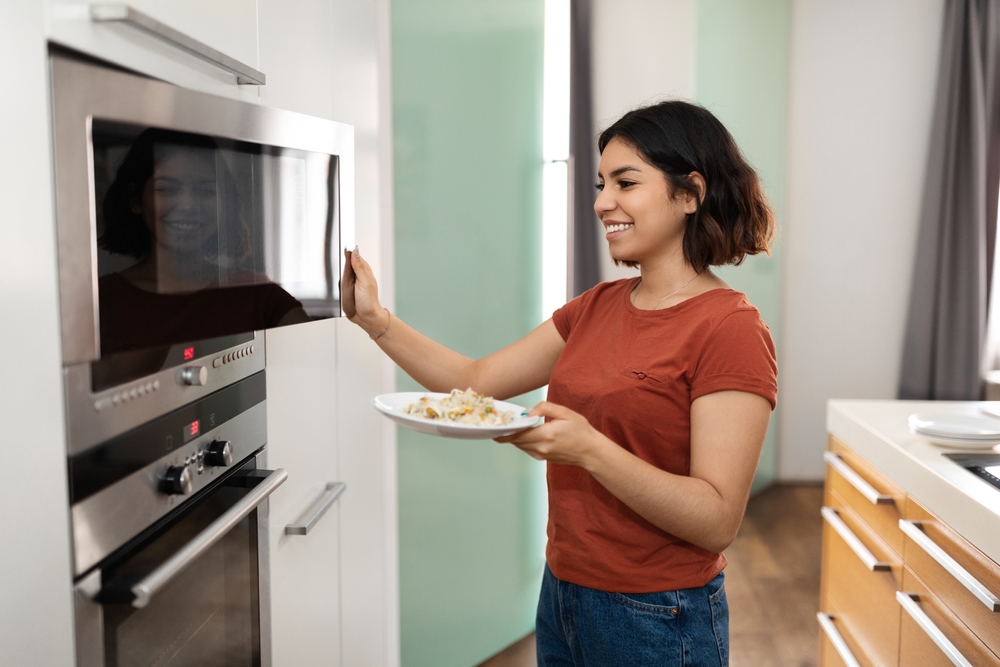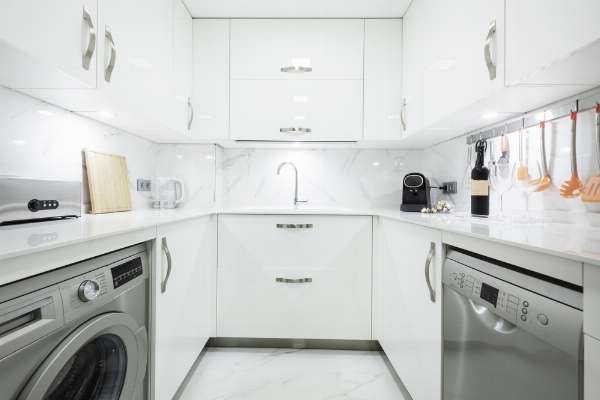Have you noticed your electricity bills going up? Electricity rates surged more than 14 percent from 2021 to 2022. Identifying energy-hungry machines is the first step to reducing utility bills, so we highlighted the seven most energy-inefficient appliances in a typical U.S. home.
Heater
The majority of energy consumption is for heating and cooling. Electric heaters may be budget-friendly and convenient, but they’re one of the most energy-inefficient appliances. Whether you have a central or wall-mounted heater, it likely consumes a lot of energy.
Of course, the electricity the heater consumes depends on how you use it. The higher you set the thermostat, the more energy it will use. Other factors, such as outside temperature and home insulation, also play a significant role in the heater’s overall energy efficiency.
A typical space heater is rated for 1,500 watts, meaning it will consume 12.5 amps of electricity. Your utility bill is charged in kWh, however, not amps. If you use the 1,500-watt heater for eight hours, you will be charged 12 kWh. Depending on the utility rates where you live, that could add up to a substantial amount monthly.
Water Heater
Water heaters are notorious for being energy-inefficient. Many activities, such as bathing, washing clothes, and running a dishwasher, require hot water. Water heaters are typically used all year round and are a major contributor to utility bills.
A water heater’s energy consumption depends on its capacity and energy-efficiency ratings. An 80-liter water heater rated at 1,500 watts typically runs for two or three hours each day, which equals 3 to 4.5 kWh for the day. The consumption can be as high as 3,000 kWh per year, especially with older water-heater models, which are even less energy-efficient.
Air Conditioner
As the heat rises during the summer months, air-conditioner usage increases. That often results in energy bills peaking during the summer season. Air conditioners with inverter technology use less energy, but ACs are still one the most energy-inefficient appliances. Additional factors, such as dirty air filters and poor airflow, further reduce energy efficiency.
A lot of energy is required to cool down hot air and circulate it back into the room. A two-ton (24,000 BTU) air conditioner uses around 2,000 watts, which means it will take 16 kWh if you use it for eight hours at maximum wattage. According to the U.S. Energy Information Administration, around 12 percent of residential properties’ total household energy consumption is attributed to air conditioning. The number goes up to 27 percent in hot and humid regions.
Washer and Dryer

Washers and dryers have high-powered motors that spin clothes, which is great for cleaning but not for energy efficiency. Whether you have a washer-dryer combo or separate appliances, they significantly contribute to utility bills.
The average washer consumes around 128 kWh annually, while the average dryer uses about 580 kWh annually. These numbers are lower than other appliances, such as AC, but washers and dryers are typically used less often than other appliances.
Extended spin cycles and clogged lint filters make washers and dryers even more energy-inefficient, but manufacturers are keeping this in mind when designing newer models. Washers and dryers with an Energy Star logo use around 30 percent less energy.
Refrigerator and Freezer
Refrigerators and freezers are common household appliances, but they’re also power-hungry machines. The amount of electricity a refrigerator uses depends on its energy rating, size, maintenance, usage, and age.
Since refrigerators and freezers tend to last a long time, many homes still have older models. Like other appliances, older models are usually less energy-efficient. A 15-year-old refrigerator, for example, can consume more than 1,500 kWh of electricity annually. If you’ve placed the appliance in a hot and humid room, its electricity consumption could rise significantly. If the seals wear out or you tend to leave the door open, it will add to the energy consumption.
To cut down on energy usage, invest in an Energy Star–rated refrigerator. Keep the refrigerator coils clean, and pull the appliance a few feet away from the wall to allow for proper circulation. These steps will maximize its energy efficiency.
Electric Oven

You may use your oven less than the AC or water heater, but it still uses a lot of energy. An average-size oven is rated for 2,000 to 4,000 watts, so it will consume around 20 to 40 kW per month even if you use it for only 20 minutes a day. If you have a large oven or you use it more often, you can expect it to have a major contribution to your energy bill. Large ovens for residential use are 5,000 to 6,000 watts.
Consider using a microwave to save electricity compared to conventional ovens. Microwaves are more energy efficient, and they also take less time to cook food and generate less heat in your kitchen. Microwaves don’t work for all types of cooking, but they’re suitable for warming leftovers and small portions.
Dishwasher
Dishwashers use more energy than you may think. The average dishwasher is rated for 1,800 watts of power, but it can go as high as 3,000 watts. In addition to electricity consumption, dishwashers use around 10 to 15 liters of water per cycle. That’s nine times the volume of water used when hand-washing the dishes.
Dishwashers may have become a necessity rather than a modern-day convenience, but try minimizing its use to save energy. You can maximize its efficiency by using it only with a full load and during off-peak hours. The latest dishwasher models have sensors to check how dirty the dishes are, so prewashing them can help improve energy efficiency.


